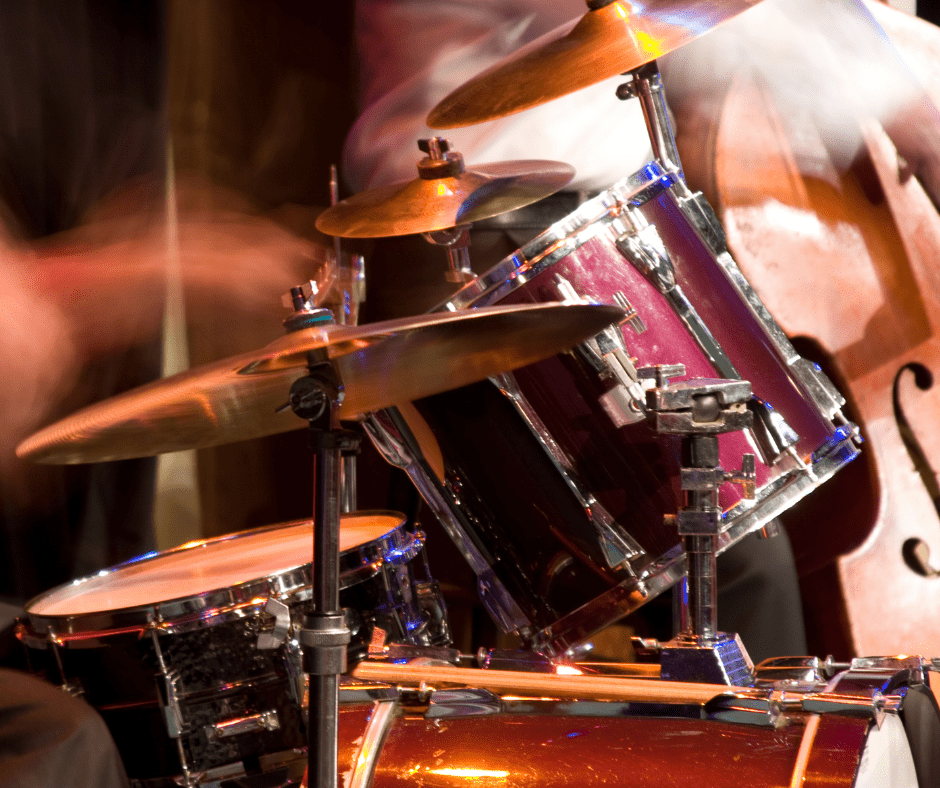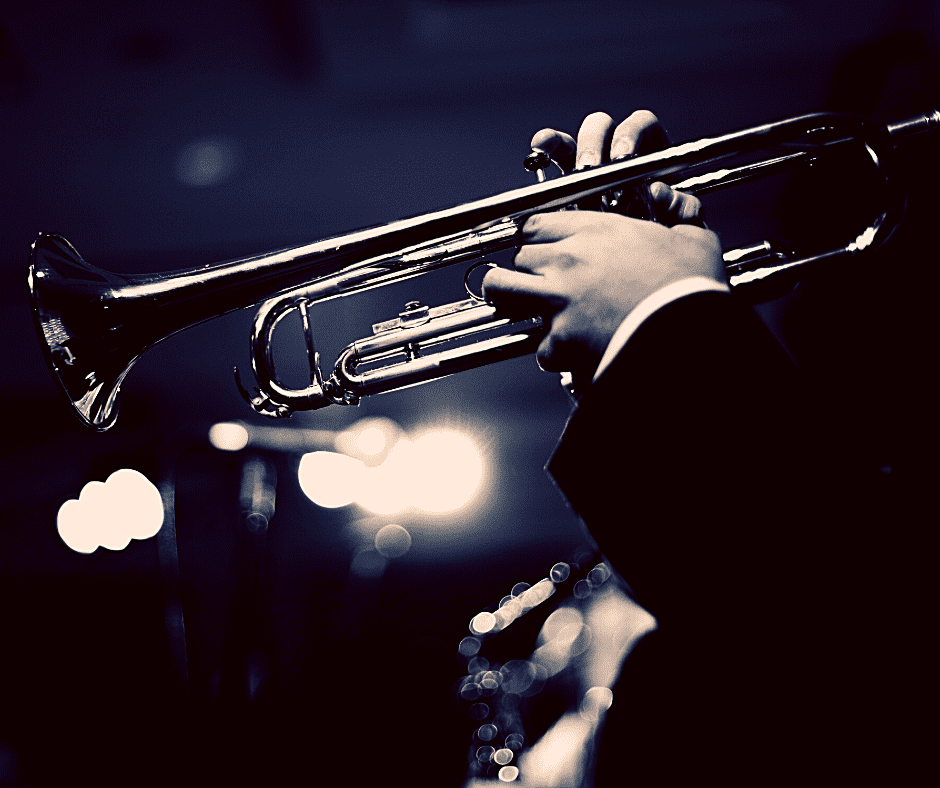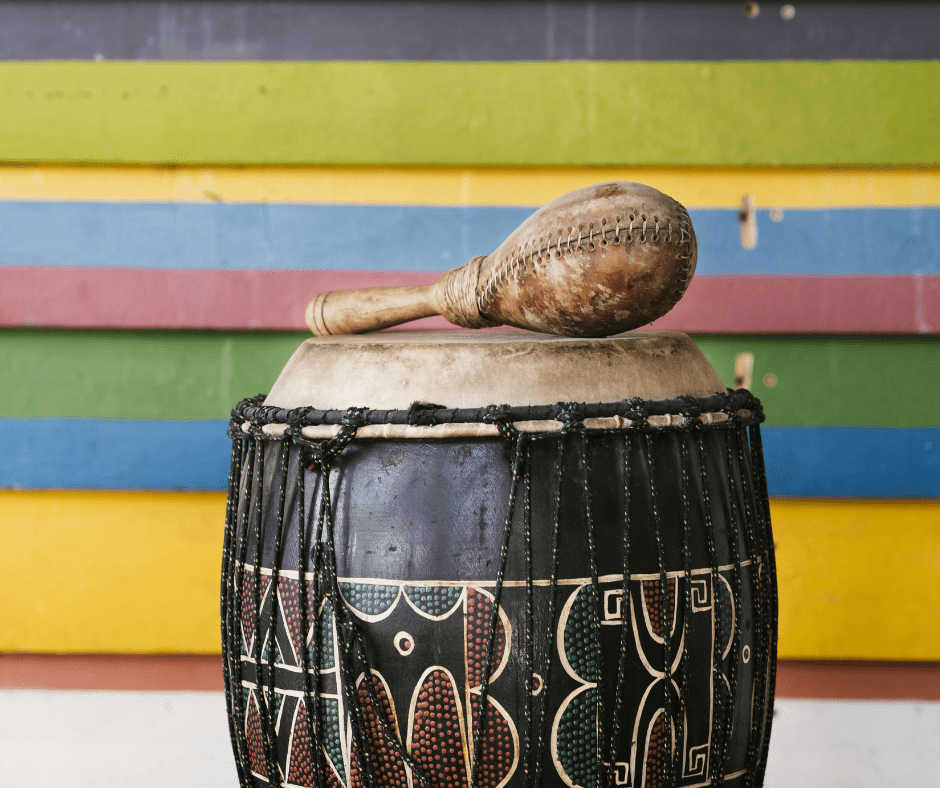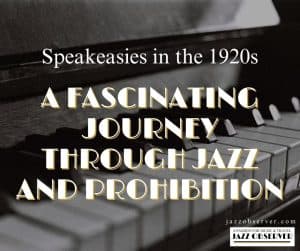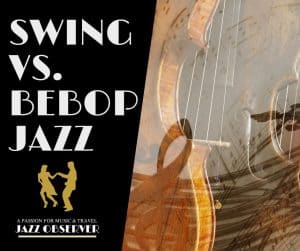Jazz comes in a variety of flavors, each with unique characteristics and its own passionate fan base. Latin jazz is a vibrant part of the jazz community, a lively variant with what Jelly Roll Morton described as a “Spanish tinge.”
All forms of jazz come with an intriguing history and sound, and Latin jazz is no exception. If you’d like to learn more about Latin jazz, here’s a look at the Latin jazz definition, influences, rhythms, history, and more.

What Is Latin Jazz?
Latin jazz is a fusion of jazz and Cuban and Spanish Caribbean music. At times, it’s even referred to as Afro-Cuban jazz due to these early influences, though some consider it a subgenre within the broader Latin jazz.
Within the jazz community, Latin jazz is viewed as one of the most vibrant and lively jazz subgenres. Latin beats are highly danceable and classically upbeat, giving them a sense of life and fun. However, the sound is also surprisingly diverse, employing a range of rhythms that were popular in Latin and South America, as well as the Caribbean, during the time of Latin jazz’s formation.
What Defines Latin Jazz?
In general, what defines Latin jazz is the use of Cuban and Spanish Caribbean rhythms alongside traditional American jazz instruments and musical approaches. There isn’t a single rhythm required for a song to qualify as Latin jazz. Instead, any base rhythm that’s traditionally a part of Latin music – including some with African inspirations – is considered part of the overall genre.
Aside from the various rhythms, one of the key Latin jazz characteristics is a greater emphasis on percussion. While drums were always a part of jazz, their significance is stronger in Latin and Caribbean music. Additionally, a wider array of percussion instruments are present in Latin jazz than you find in traditional variants.
What Influenced Latin Jazz?
Generally speaking, Latin jazz music is a fusion of American jazz and Latin American and Caribbean rhythms. It rose to prominence in two port cities thriving during the early 20th century: New York City and New Orleans. Many early Latin jazz artists also incorporated African rhythmic patterns, leading to the subgenre Afro-Cuban jazz.
New York City is generally considered the city where Latin jazz originated, as it was a popular destination for newly arriving Cubans, Puerto Ricans, and Latin Americans. However, Latin rhythms also made their way into the New Orleans jazz sound.
What Rhythm Is Latin Jazz Based On?
While there isn’t a single Latin jazz rhythm that all musicians within the genre follow, certain ones are incredibly common. One rhythm du jour during the early 20th century was Cuban habanera rhythm, which features a syncopated four-beat pattern.
While Latin jazz was originally influenced primarily by Cuban and Spanish Caribbean rhythms, other sounds began making their way into the genre as interest in this type of music spread. For example, bossa nova – a blend between jazz and samba – is another popular rhythm. It’s highly influenced by musical stylings originating from Brazil, featuring Brazilian rhythms mixed with jazz harmonies.
Since Latin America and the Caribbean consist of more than 30 countries, the rhythms you can find in Latin jazz vary. Bolero, cha-cha-cha, mambo, rumba, samba, and many more sounds are present within the broader landscape.
What’s the Difference Between Jazz and Latin Jazz?
The primary difference between traditional American jazz and Latin jazz is that Latin jazz styles feature Cuban, Caribbean, and Latin American music. The resulting sound is highly energetic, typically having a more dance-friendly feel.
In many cases, the pitch in Latin jazz also has a higher register when compared to more traditional versions. However, that isn’t necessarily a requirement in Latin jazz, so the registers can also be similar.
You’ll also find instruments in Latin jazz that aren’t used in traditional jazz. While drum kits, basses, saxophones, and trumpets are practically universal in jazz, Latin jazz music can also include timbales, claves, congas, bongos, and other instruments popular in Cuba, Latin America, and Africa.
What Are the Types of Latin Jazz?
As with jazz as a whole, there are multiple Latin jazz subgenres. While Latin jazz is at times referred to as Afro-Cuban jazz, some treat Afro-Cuban jazz as its own subgenre. Cuban rhythmic patterns are considered clave-based and include rhythms like the cha-cha-cha, mambo, rumba, and songo.
Afro-Brazilian jazz is another category within the broader Latin jazz landscape. You’ll find baiao, bossa nova, partido alto, and samba here. With Caribbean jazz, you’ll see calypso and merengue rhythms. There’s also Afro-Puerto Rican jazz music, which has bomba and plena influences.
However, those aren’t the only versions. Another example is Afro-Peruvian jazz, which stemmed from Africans brought to Peru by Spanish colonists. It blends in West African influences with local sounds, including instruments like the Peruvian Cajon and Quijada de burro.
What Are the Main Instruments in Latin Jazz?
Latin jazz instruments primarily include those you’d find in more traditional forms of American jazz. Trumpets, saxophones, drum kits, basses, and similar classics are often present. However, you’ll also find instruments that reflect the Latin influences in the genre, particularly percussion instruments.
Since Latin jazz comes in various types, the instruments present vary. Congas and bongos are occasionally used, as well as claves, guiros, and timbales. You might hear cowbells or cajons, as well as maracas.
The History of Latin Jazz
As with any music genre, the history of Latin jazz is intriguing. Here’s a look at the origins of Latin jazz, how it evolved, and who’s considered the founder of Latin jazz.
Where Did Latin Jazz Originate?
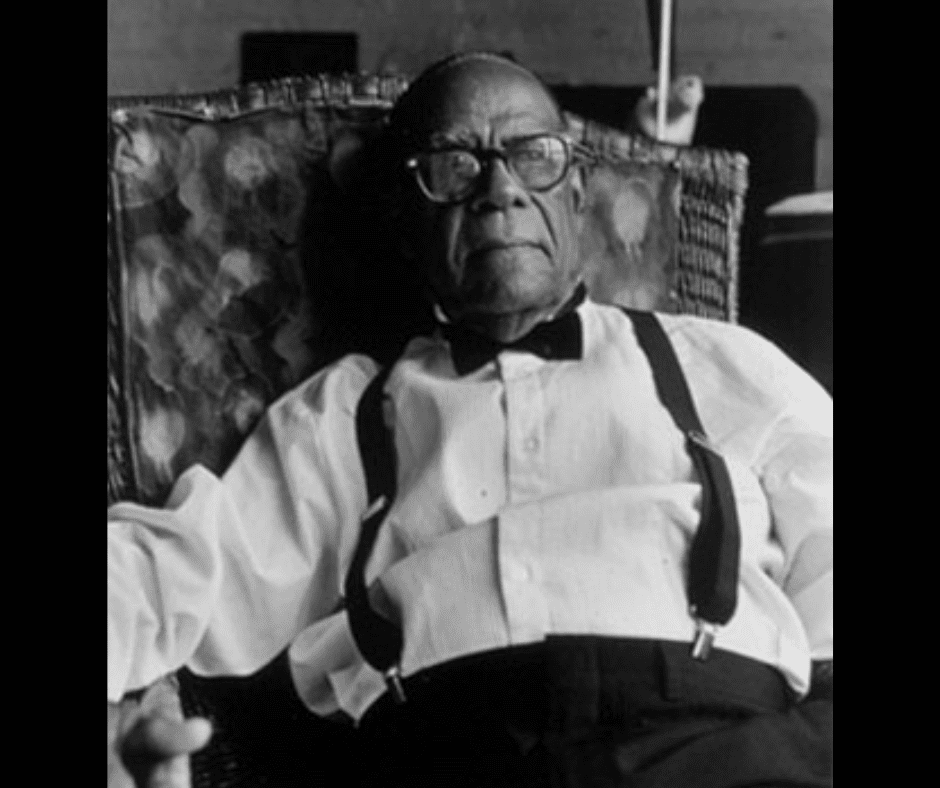
Latin jazz is a fusion genre that developed as various cultures integrated into the United States during the early 20th century. Some say that the journey began during the big band era, as large bands began using Afro-Cuban rhythms like congas and rumbas in their music. However, those songs were solely a foundation, serving as a broad introduction to the sounds of Cuba and the Spanish Caribbean for many.
Similarly, Latin American musical influences were present in New Orleans early in the 20th century, leading to the adoption of the syncopated rhythm that’s classically part of the city’s early jazz sound. During that time, Jelly Roll Morton – a renowned composer and pianist of the era – described the influences as a “Spanish tinge.” Rhythms like Cuban habanera were increasingly present, though the Latin sounds were mostly viewed as influences instead of full fusion.
When it comes to the earliest incarnations of genre-defining Latin jazz, most feel it emerged in New York City in 1940. Machito and the Afro-Cubans – under the direction of Mario Bauzá, a Cuban-born trumpet player – the band distinctly blended jazz with Latin beats. Many feel that “Tangá,” one of the band’s first hits, was the first song released that aligns with the genre, essentially making it the original example of old Latin jazz.
In short order, other jazz musicians began fusing jazz with various Latin-inspired beats. Dizzy Gillespie commonly used Afro-Cuban dance rhythms, leading to the development of bebop in time. Chano Pozo similarly played a role in developing what was soon dubbed Afro-Cuban jazz or Cubop. In fact, their collaboration – “Manteca” – quickly became a standard during the era.
How Did Latin Jazz Evolve?
The development of the genre continued into the 1950s. However, public sentiment began to shift, leading to the end of the once-popular big band era. At that time, Afro-Cuban jazz gained a new name, Latin jazz, with smaller bands adopting the sound. Both Cal Tjader and George Shearing were considered leaders of this new trend, particularly on the west coast.
The music continued to shift as more musicians embraced it. For decades, Conga and bongo drum players became a big part of the genre, while Tito Puente introduced many listeners to timbales and the vibraphone.
Interest in Latin jazz also spread south. One of the first distinct forms of South American jazz was bossa nova, which developed in Brazil during the 1960s and made its way to North America.
Latin jazz maintained its popularity well beyond that, with Irakere being a leader in the 1970s and Thelonious Monk and the Fort Apache Band in the 1980s. Ultimately, the genre maintains momentum even today, allowing this form of fusion to continue evolving.
Who Was the Founder of Latin Jazz?
Admittedly, there’s some debate regarding the founder of Latin jazz. Most, understandably, give that credit to Mario Bauzá, as “Tangá” is typically viewed as the emergence of the then-new sound.
However, others played a critical role during the early development of Latin Jazz. For example, Candido Camero – a Cuban percussionist – is also considered a father of Latin Jazz. He played a significant part in the genre’s emergence in New York, collaborating with greats like Machito, Dizzy Gillespie, and Tito Puente.
Additionally, most credit Dizzy Gillespie for introducing Afro-Cuban jazz to the masses. His work with Chano Pozo and Candido Camero attracted mainstream attention, allowing the genre to reach a new audience.
Famous Latin Jazz Artists
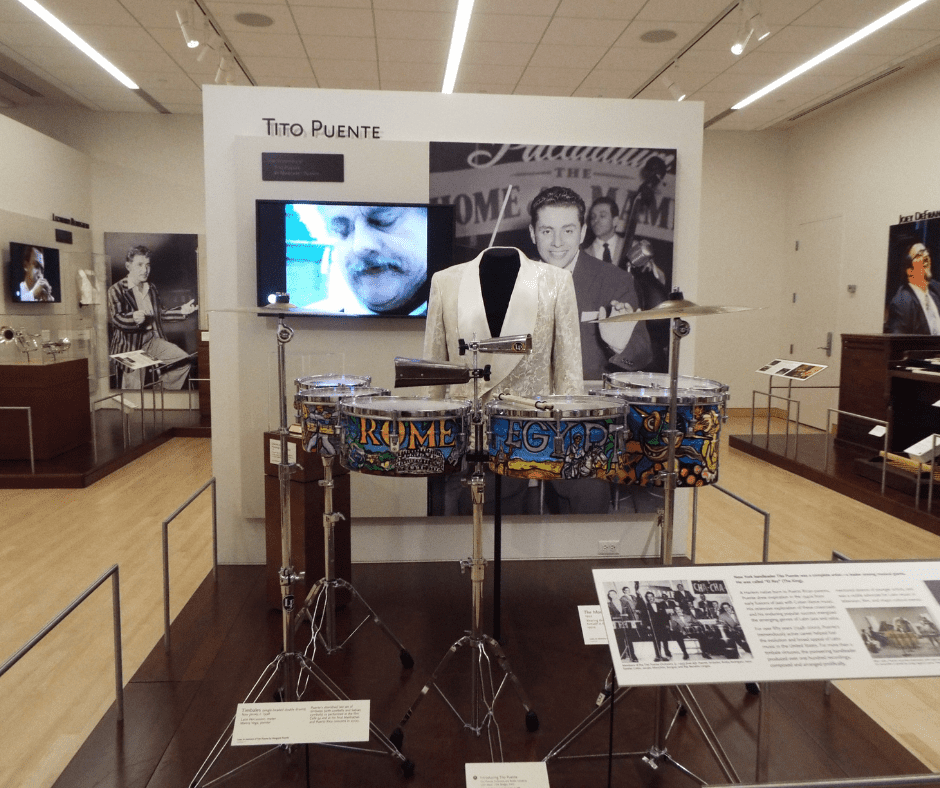
Many Latin jazz artists are recognized for their contributions to music, not just the genre. Many consider Mario Bauzá the founder of Latin jazz, as he was largely responsible for the first genre-defining song, which Machito and the Afro-Cubans performed.
Dizzy Gillespie’s work with Chano Pozo and Candido Camero is considered genre-defining and brought Latin jazz to a broader audience. Essentially, Dizzy Gillespie is recognized for popularizing the sound, allowing it to gain better traction across the United States and other countries.
Kenny Dorham was part of the evolving Cubop scene, adding nuance and details that other artists didn’t previously explore. Israel “Cachao” Lopez was a strong influencer during the 1950s, embracing sophisticated and vibrant Cuban influences.
Band leader Cal Tjader brought in some west coast flair, creating a unique and striking sound. Luiz Bonfa brought in a more Brazilian sound after becoming enamored with bossa nova. During the 1970s, Irakere maintained influences from its Cuban roots while adding unique flavors, including some bordering on psychedelic rock.
Of course, you can’t overlook Tito Puente. For many, he was considered the face of Latin Music in America, and some call him the godfather of Latin jazz and salsa.
However, these are just some of the famous Latin jazz artists. Plus, many modern musicians continue to explore and expand the genre, keeping the world of Latin jazz alive and thriving.


